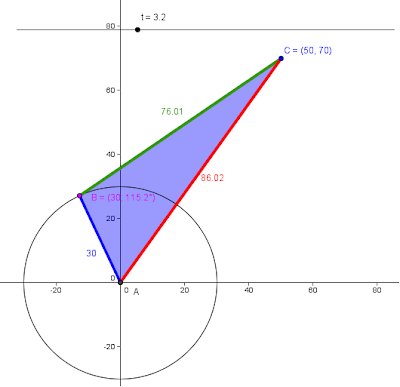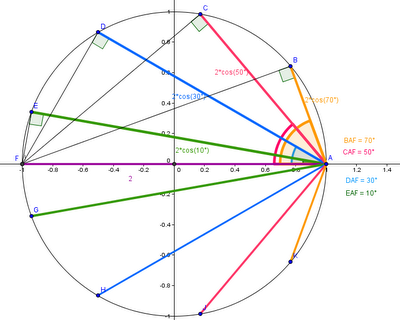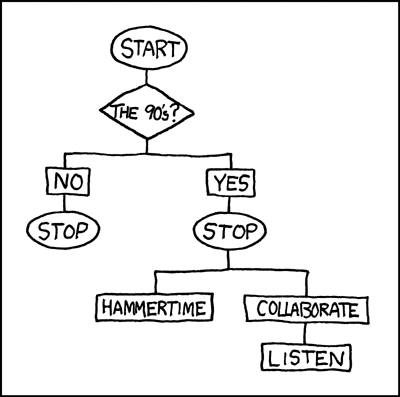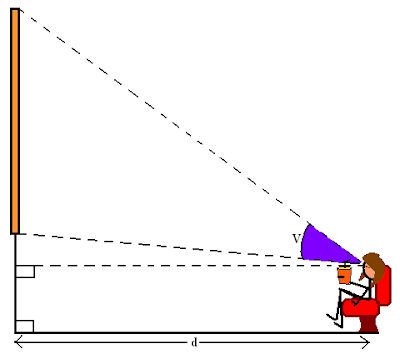I am back home!! But, not for long. We just returned from our Peruvian trip yesterday (after some logistical snafoos), and we will be leaving again tomorrow. The day before we were leaving for Peru, Geoff found out to his HUGE disappointment that the house he had been looking to purchase in Jersey had fallen through. So, while we were in Peru, we each bought a round-trip ticket to Jersey. We leave tomorrow evening; I will be in the States for two weeks, visiting friends(!) and swing-dancing(!!), while Geoff looks around at other properties in NJ. The plan is that he will be in Jersey for four weeks total, but this way at least we are not apart for the entire time. (I will have to get back to San Salvador within two weeks, because that is when all returning teachers will start to prepare "officially" for the year. In truth, I have been on-and-off doing all sorts of prep this summer, but it will be nice to finally get a class schedule, finalized room assignment, meet the new hires, etc.)
-----------------------

Peru took my breath away, both literally and figuratively. On our 5 days / 4 nights trek, the highest point we reached was about 4600 meters, or over 15000 feet above sea level. That is an astonishing feat! The temperature dropped below freezing on the first night of the trip -- in the 20s Fahrenheit range. What had happened to Geoff and me was that we had only arrived in Cuzco the day before our trek was due to start, so our bodies didn't have enough time to adjust to the altitude before beginning the climb into even higher altitudes. I threw up twice on the first day while ascending the mountain, and my chest hurt the entire time as I was walking / breathing, because my lungs were constricted. We passed by a couple of tombstones along the way, and the guide explained that one of them belonged to a gal whose asthma had flared up in the high altitudes, but who pushed on obstinately until things went from bad to worse. (I'm highly asthmatic, so that story got Geoff and me both a bit worried.) Finally, after about 9 or 10 hours of hiking, I gave up and hopped onto an emergency horse for the last hour of hike of the day.
On day 2 of the hike, the guides put me on a horse on the way up to the highest point, since the air was so thin. Geoff, too, was having a lot of trouble breathing -- and he runs marathons!! He was very pale by the time he finally got to the top of the mountain. I hopped off the horse and took a few steps on completely flat ground, and I already could not catch my breath. I had thought that descending would be easier for me to walk (even though we were still at an altitude > 4500 meters), but I clearly was wrong, because after walking for about 15 minutes, I threw up again. The guide insisted on me getting back onto the horse, and I threw up once more that day. Not my strongest showing, and I was super disappointed in myself that day. :(

That night, we got back to a lower altitude (in the 2000s meter-wise). By the time I woke up the next morning, the tightness in my chest had subsided. I was able to walk the rest of the trip, and even raced my way to the entrance of Machu Picchu to be one of the 400 people each day to receive a ticket to hike Wainapicchu (a nearby super-steep but stunningly beautiful mountain; you can see it in the picture above)! I was so proud of myself, because we had started hiking at 3:30am, in pitch darkness, and we were ascending these steep stairways that seemed to never end. Geoff was eager to be one of the 400 people,

so he ran up the entire stairway and left me to climbing by myself. It was a tough mental game, but I was able to outrace a lot of people in similar (or better) physical condition than me, because I really wanted to get one of those tickets to Wainapicchu!

I can't describe how amazing Wainapicchu was, and our pictures do not do it any justice. It was like climbing up to a city in the clouds -- you have to use your hands and feet, rock wall-climbing style, in order to get up the narrow and VERY steep stairs. (I was really freaked out, naturally, because I'm terrified of heights. But, I tried not to focus on the fact that if you missed a step, you might very well tumble down the mountain and die. On the way down was much scarier, because you couldn't avoid looking at how high up you are.) When you look down from the top of Wainapicchu, even the immensity that is Machu Picchu is entirely dwarfed at the base of this mountain. It was definitely the highlight of our entire trip!

In Lima, Geoff and I also spent some time going to
discotecas and bars. We also checked out a
peña, which is essentially a local Peruvian cabaret, where traditional dancers come out in fancy outfits and dance during your dinner. Geoff and I found a place called "La Brisa de Titicaca" (the Breeze of Titicaca), which was cheap and you can get up in between the dance numbers to dance to traditional music! It was super fun. And, while walking around Lima during the day, we decided on a whim to go paragliding, since we had never done it before! It was awesome to fly over the cliffs of the Peruvian coastline. And, of course we also checked out some delicious Peruvian cuisine -- including
cuy, or guinea pig!!

My only (HUGE) annoyance from the entire trip was that when we arrived at the Lima Airport yesterday, 3 hours before our scheduled flight back to El Salvador, the Copa Airline guy told us that the Salvadorean rule is for you to be deported from El Salvador (back to Peru), unless you can show proof that you have been vaccinated against the Yellow Fever more than 10 days BEFORE your scheduled flight from a country with active cases of the disease (ie. Peru)! In fact, the only reason that Copa eventually allowed us to check in to our flight was because the doctor on-site at the airport did Geoff and me a huge favor and wrote "Revacunado" ("Re-vaccinated") on our immunization record cards, after administering the vaccine to us! Otherwise, we would have been literally stuck in Peru for another 10 days!! Ridiculous!!
-------------------
Anyway, that's it for now. Ciao! I've got some errands to run (as is the nature of things when you keep leaving the country), but I'll leave you with this cute picture of us from our Peruvian trek. There was purple chalk on our faces and confetti in our hair, because it happened to be our hike-mate, Kate's, birthday, and that's how the Peruvians helped her celebrate!

How can you not love this country??
















































